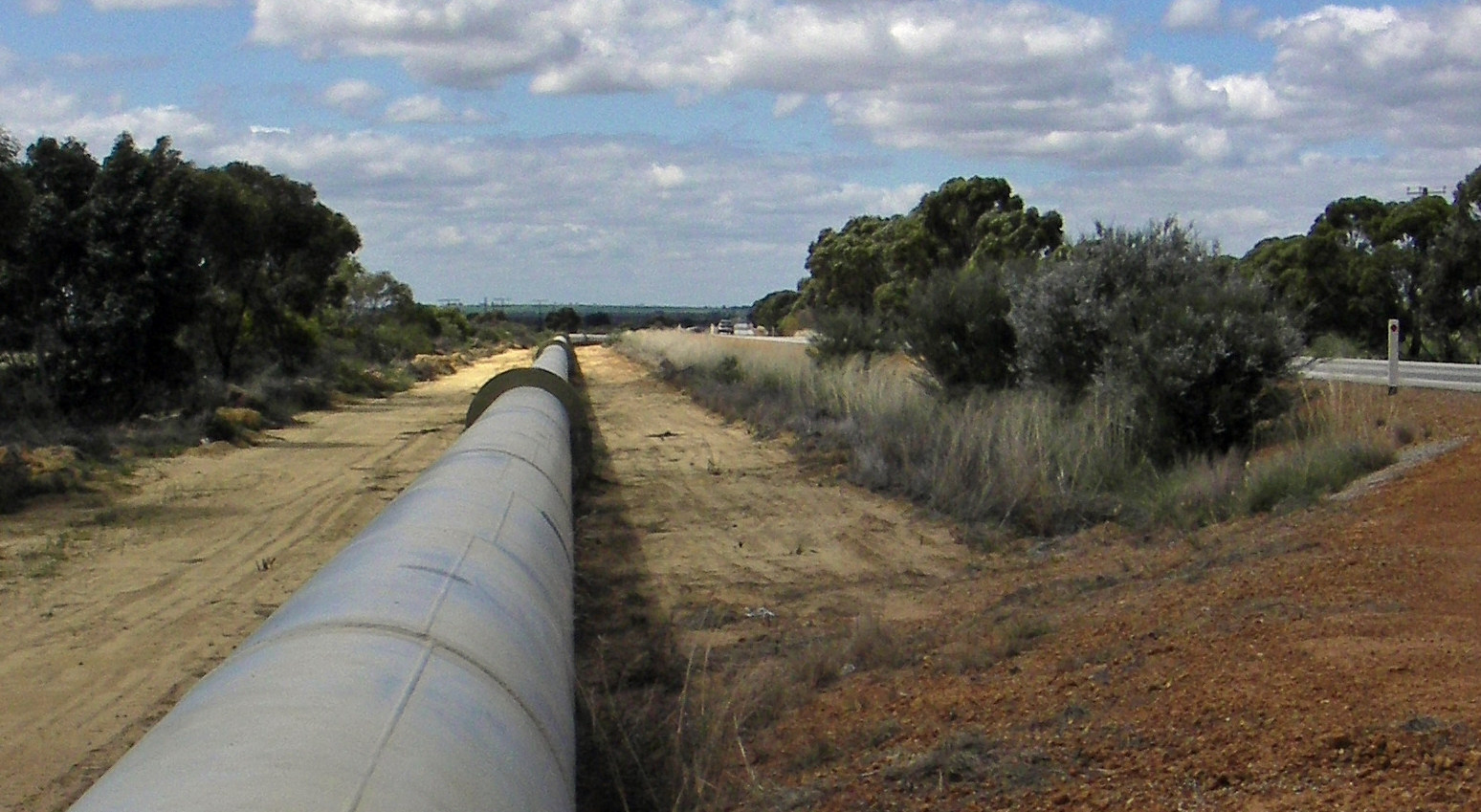The highly-publicized project to transfer water from the northern Caspian Sea to the drought-stricken Semnan Province in north central Iran will “permanently” solve the province’s water problems, according to the province’s top official.
Calling the project revolutionary, Semnan governor-general Mohammad Reza Khabbaz told the press on Monday that, if approved, the plan will effectively address Semnan’s struggle with water shortage and drought, YJC reported.
The project was proposed during the former administration’s (2005-13) time in office, but despite its publicity stunts, including numerous groundbreaking ceremonies, the project actually never started and was only on paper.
“But now, Chinese and Japanese investors want to get involved in the scheme,” Khabbaz said, adding that his province insists that the project be launched.
This is while the Department of Environment is vehemently opposed to the plan, citing irreparable environmental damages and high construction costs.
DOE chief Massoumeh Ebtekar and Shahram Fadakar, director of the Marine Environment Office at the department, have repeatedly said there are “more feasible alternatives” to the project, which aims to transfer water through a 180-kilometer pipeline to Semnan.
The proposed alternatives include curbing household and agricultural water consumption. Household water use in Iran is three times the global average, while consumption in the agriculture sector is more than twice the world standard.
The agriculture sector gobbles up more than 90% of the country’s water resources, while the average Iranian uses 250 liters of water per day. In metropolises such as Tehran and Isfahan, it can even go up to 350 liters per day.
The DOE says the establishment of water-intensive industries in Semnan has exacerbated the problem and has urged energy officials to consider recycling wastewater for industrial use.
Khabbaz conceded that the department’s criticism of the project “is sound,” especially the environmental impact of building the pipeline which may require the cutting of trees.
“We’ve pledged to ensure no trees are cut, and in case we need to clear patches of forest, we will plant five trees for every one felled in the cleared area,” he said.
More Affordable
It is argued that meeting the province’s water demand from the Caspian Sea will come at a prohibitive cost for the consumers, with some going as far as saying that the residents of Semnan will end up paying the highest water tariff in the country.
Dismissing the argument as “untrue”, Khabbaz pointed to similar schemes in other parts of the country, such as the transfer of water from the Persian Gulf to Kerman, which costs 120,000 rials ($3.33) per cubic meter, and said, “Transferring water to Semnan will not cost much. In fact, at 38,000 rials ($1.05) per cubic meter, it’s among the more affordable schemes.”
Water experts have repeatedly called for policy reforms and advanced farming practices to tackle Iran’s worsening water crisis instead of devising grand schemes such as importing or transferring water, suggesting that the root cause of the problem is unacceptably high consumption, mismanagement, waste and low precipitation, not the shortage of the precious resource.


